Facts About Efflorescence on Chimneys & What Homeowners Should Do
According to the National Weather Service, the Kansas City metropolitan area experiences approximately 38 inches of rain annually, which is on par with the national average. However, frequent periods of heavy rain are not unusual. For example, in 1961, Kansas City recorded over 60 inches of rain in a single year! The freezing rain, snow, and ice in the winter and hot and humid summer weather can eventually damage the masonry allowing water to get inside the chimney. One of the first warning signs of masonry damage is efflorescence.
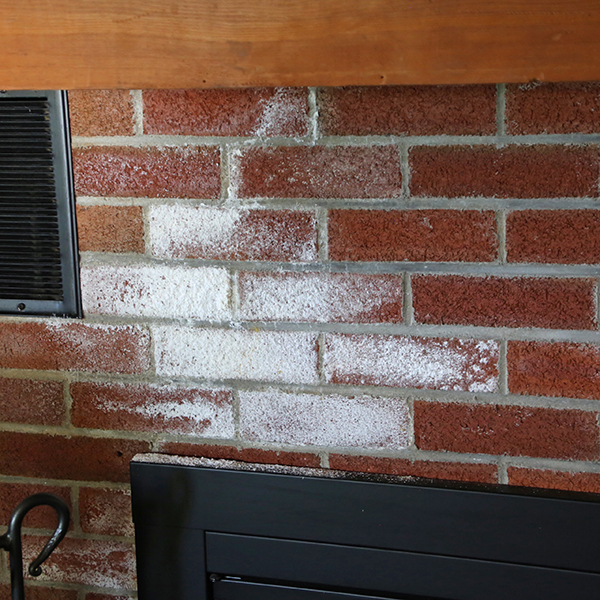 What is Efflorescence
What is Efflorescence
Have you ever noticed a white powdery stain appearing on portions of your chimney? That’s efflorescence. It occurs when moisture penetrates deep within the brick’s layers drawing the salts to the surface. When the masonry is wet, like after rain, it appears that the white surface stains have been washed away, only to reappear after the chimney dries.
Ways to Remove Efflorescence
There are several ways you can remove the efflorescence, such as brushing the affected areas of the chimney with a water and vinegar solution or mild detergent. There are chemical masonry cleaners too. Unfortunately, however, these are not a permanent fix. The efflorescence will reappear when the absorbed moisture in the brickwork draws the salts back to the surface during the next precipitation event. Therefore, it’s highly recommended you consult with an experienced chimney professional to avoid further damage to the masonry.
How to Prevent Efflorescence
The first step in preventing efflorescence is to maintain your annual chimney inspections. A yearly chimney inspection is critical for detecting early signs of moisture intrusion and other issues before more significant problems occur. When a CSIA-Certified Chimney Sweep like Fluesbrothers performs a level I visual inspection, the entire chimney system is inspected, including the interior and exterior masonry for signs of water damage, such as efflorescence, cracking, spalling, and decaying or missing mortar. We also climb on top of the stack to ensure your chimney cap is secure and there are no cracks or storm damage to the chimney crown. The chimney cap and chimney crown are essential components for deflecting rain and snow away from the chimney, helping to prevent moisture intrusion like efflorescence that leads to more severe masonry damage, including spalling bricks.
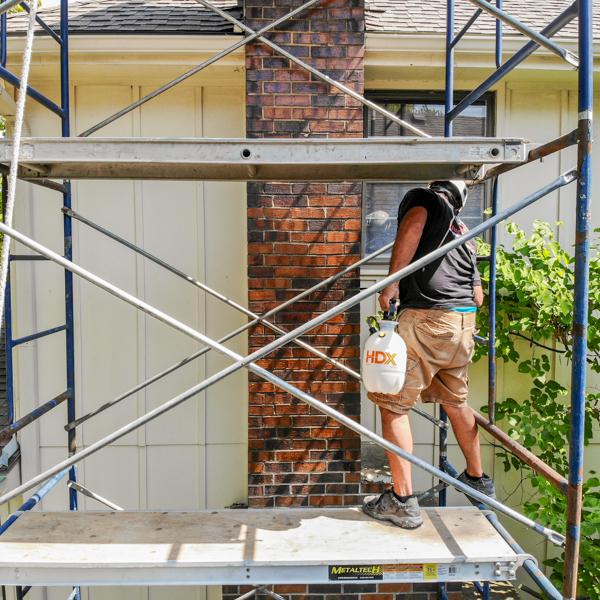
Waterproofing Your Chimney
Since efflorescence indicates moisture is getting inside the bricks, waterproofing your chimney is the most effective way to prevent further masonry damage, such as cracking, flaking, and spalling that can result in severe structural issues. We use a water-permeable sealant that repels rain and snow while allowing the masonry to breathe. This is important so that trapped moisture can dissipate, preventing further masonry deterioration. A Certified Chimney Professional® should apply waterproof sealants to the chimney. It will also need to be reapplied every few years to maintain effectiveness.
Certified Chimney Sweep in Kansas City MO/KS
The Certified Chimney Professionals at Fluesbrothers provide expert chimney inspections, cleaning, and repair in Atherton, Blue Springs, Olathe, and communities in the KCK/KCMO region. Call 913-236-7141 or contact us online to schedule a chimney inspection today!
The post Facts About Efflorescence on Chimneys & What Homeowners Should Do appeared first on Fluesbrothers Chimney Service.
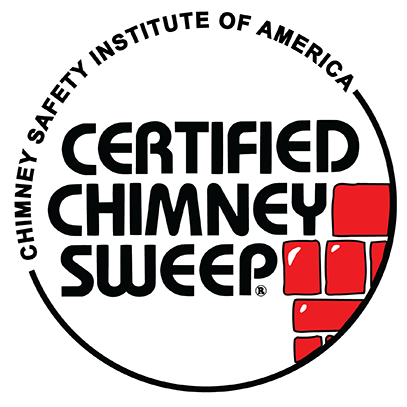 Look for a Certification
Look for a Certification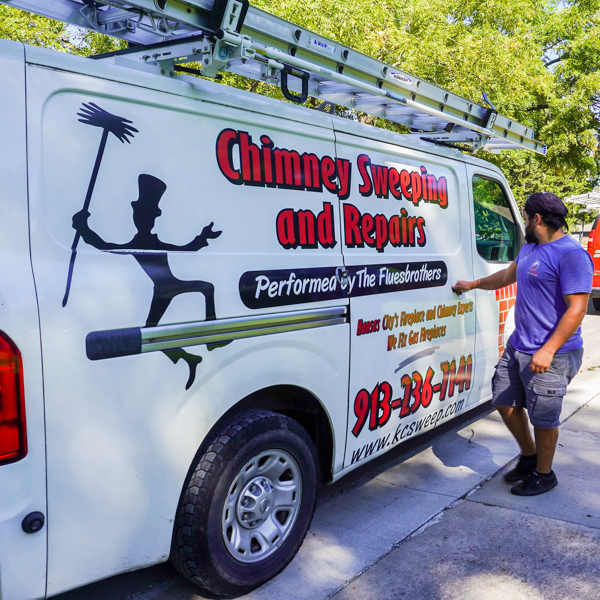
 The moisture problem
The moisture problem Why you should use a chimney sealant
Why you should use a chimney sealant

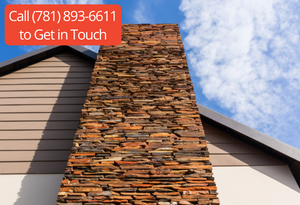
 Flashing Separations
Flashing Separations 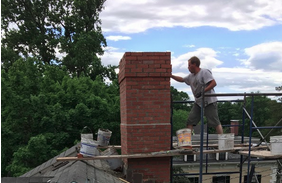 What is Chimney Pointing?
What is Chimney Pointing?
 Can You Repoint Your Chimney During the Winter?
Can You Repoint Your Chimney During the Winter?